#japanese writing
Text
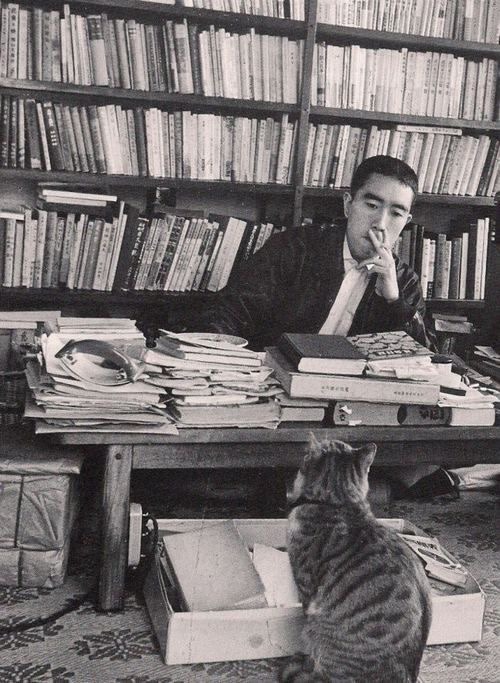
Yukio Mishima and his cat - 1950s
334 notes
·
View notes
Text
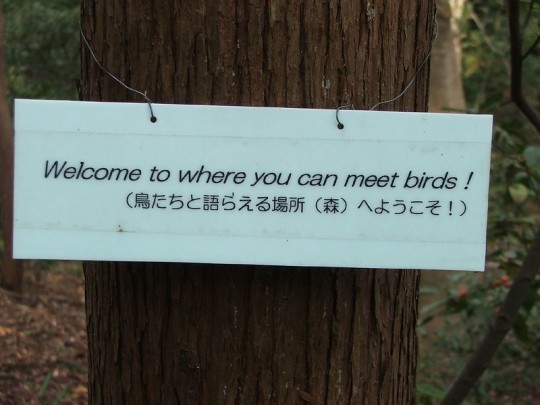
#life quotes#quoteoftheday#quotes#japanese#japan#japan travel#japan trip#japan beauty#japanese writing#japanese quotes#trees and forests#trees#nature aesthetic#naturecore#nature photography#nature
92 notes
·
View notes
Text
Question regarding mutual intelligibility in writing: Japanese and Chinese
Hello hello! For a thing I’m writing, I have a question for speakers/readers of Chinese and Japanese, which I hope someone will be able to answer.
I know that Japanese kanji, for the most part, have the same or similar meanings to the same characters used to write in Chinese. Is there much, if any, mutual intelligibility in reading them? If I have a character who is a native Japanese speaker/reader, would they be able to, say, read internet forums in Chinese and understand them, even though they don’t speak the Chinese language themself? I mean obviously they would pronounce the characters the Japanese way, but would they be able to understand the meaning? I’m curious, because I know Japanese tends to mix in hiragana and katakana with kanji instead of strictly using kanji, while (I think?) Chinese just uses the character system and doesn’t have a phonetic alphabet. (If I’m wrong please tell me! I studied Japanese for a few years in high school over a decade ago, and I don’t really know much about Chinese language and writing.)
I’d greatly appreciate it if anyone has an answer! I’m a native English speaker/reader, and I don’t know very much about character based writing systems as opposed to phonetic writing systems, so while this seems theoretically like something that could be possible to me, it it’s not, I’d like to know before I include it in my writing and make a fool of myself!
#languages#langblr#mutual intelligibility#japanese language#japanese writing#kanji#chinese language#chinese writing#writeblr
99 notes
·
View notes
Text
"Sin is for one man to walk brutally over the life of another and to be quite oblivious of the wounds he has left behind."
- Shusaku Endo, Silence. trans: William Johnston
#shusaku endo#silence#sin#japanese writing#japanese lit#faith#humanity#writing#currently reading#evil#christianity
7 notes
·
View notes
Text
鏡花水月 (kyo-ka-sui-getsu) “untouchable beauty”
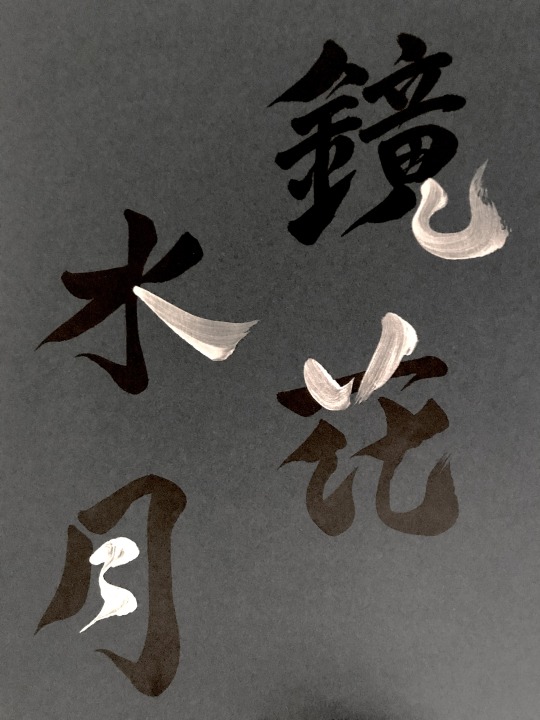
The kanji in this 4-character idiom are:
鏡 = mirror
花 = flower
水 = water
月 = moon
It evokes the image of the full moon reflected in water, or a flower reflected in a mirror - something beautiful but out of reach.
I chose this idiom to write today because it contains the kanji for “moon” and I am still on a mooncake binge.
#Japanese#kanji#japanese language#japanese langblr#japanese art#Japanese idioms#mooncakes#Japanese Calligraphy#calligraphy#japanese writing
91 notes
·
View notes
Text

don’t translate it ♡ ♡
my japanese was kinda messy on this bc I was lazy lol (also my eraser wasn’t the best)
3 notes
·
View notes
Text

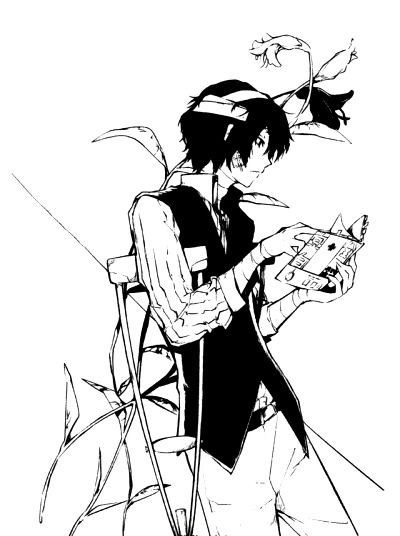
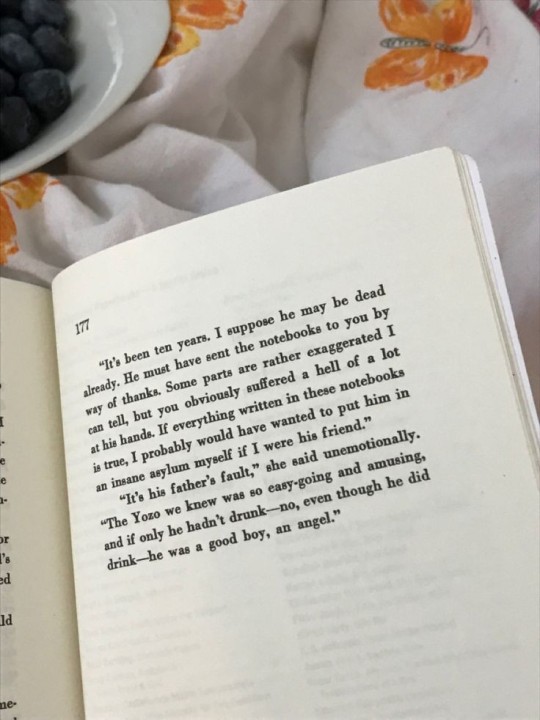
No longer human by Osamu Dazai.
#dazai osamu#bungou stray dogs dazai#no longer human#osamu dazai#japanese#japanese writing#japan#quotes#bsd dazai#bungou stray dogs#anime and manga
12 notes
·
View notes
Text

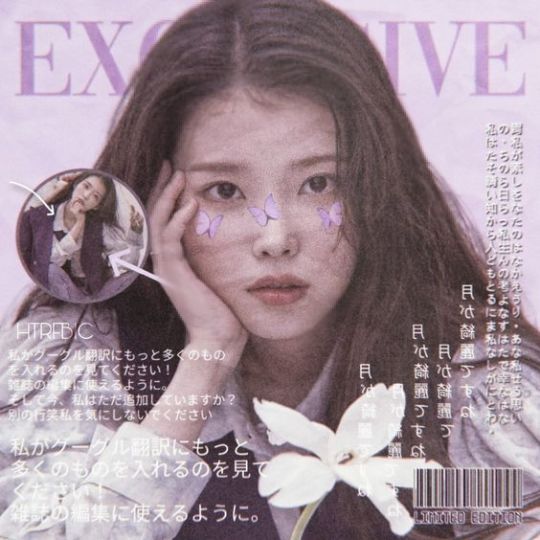






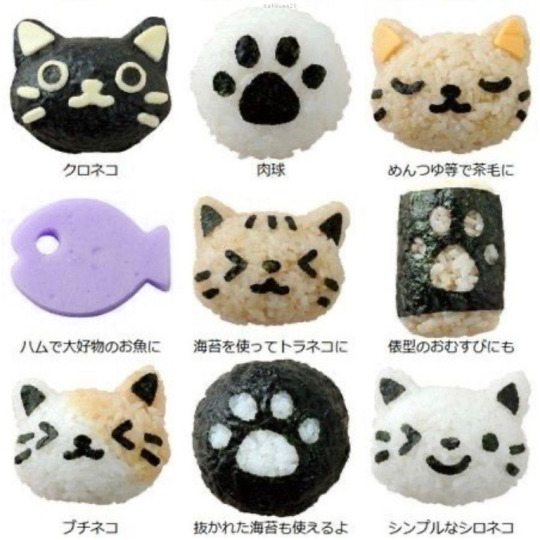
pics that go together <3
13 notes
·
View notes
Text

— Osamu Dazai (The Setting Sun)
#pieces of words#quotation#apenas palavras#just reflecting#citações#thoughts#textos#trechos#citacão#trechos de livros#dazai osamu#japanese writing#japanese books#japan#nihongo#japanese literature
2 notes
·
View notes
Text

Ad from 1950’s Japan: 1959 "cotton mumps" ad sourced from Japanese blog “ Retromaniagogo ”
(If any Japanese peeps want to translate the ad it would be very much appreciated! The info provided is all I could find about it. Feel free to correct if needed!)
#vintage#vintage ads#vintage advertising#japanese ads#Japanese ad#1950s ad#1950s style#1950s Japan#japanese style#Japanese vintage#vintage japan#vintage Japanese#1950s#hiragana#katakana#kanji#japanese writing#japanese words#japanese characters#goldfish#black goldfish#goldfish drawing#fish drawing#vintage aesthetic#vintage drawing
12 notes
·
View notes
Text
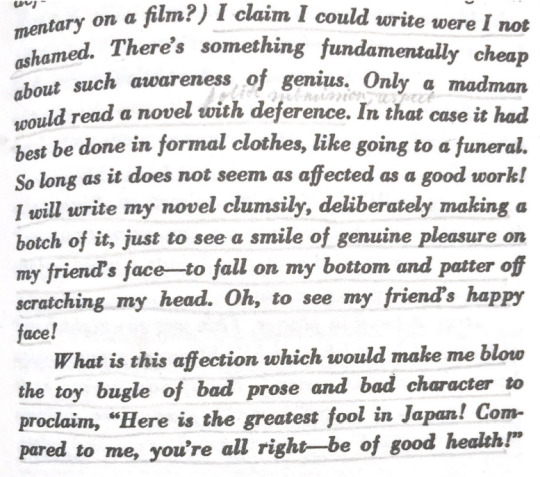
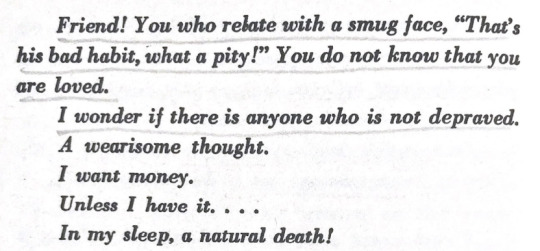
from the setting sun by osamu dazai
#the setting sun#osamu dazai#dazai osamu#quotes#japanese writing#japan#academia#academia aesthetic#dead poets society#dead poets society aesthetic#studyblr#studyblr aesthetic
7 notes
·
View notes
Text

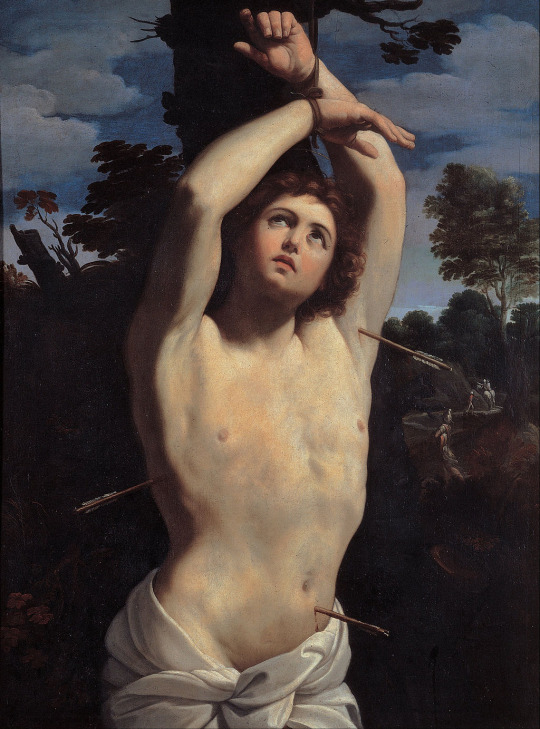
Yukio Mishima as Saint Sebastian (60s)/ Guido Reni - Saint Sebastian, 1615
“I was flipping through one of the last pages of a volume. All of a sudden, from the corner of the next page, there flashed before my eyes an image that I had to assume had lurked there for my benefit alone.
It was a reproduction of Guido Reni’s Saint Sebastian, which figures in the collection of Palazzo Rosso in Genoa.
The trunk of the tree of torment, black and slightly oblique, stood out against the Titianesque background of a gloomy forest and a serene sky, gloomy and distant. A young man of singular loveliness stood bound naked to the trunk of the tree, his arms drawn up, and the straps that clasped his crossed wrists were fastened to the tree itself. No ties of any other kind were discernible, and the only covering of the young man’s nakedness consisted of a rough white cloth that loosely wrapped around his loins.
I imagined that it was a description of a Christian martyrdom. But since it was due to a painter of the eclectic school derived from the Renaissance, even from this painting depicting the death of a Christian saint exuded a strong aroma of paganism. The young man’s body - one could even compare it to that of Antinous, Hadrian’s favorite, whose beauty was so often immortalized in sculpture - bears no trace of the hardships or exhaustion derived from missionary life, which imprint the effigy of other saints: instead, this one uniquely manifests the springtime of youth, uniquely light and pleasure and gracefulness.
That white and incomparable nudity of hers sparkles against a background of twilight. His sinewy arms, the arms of a praetorian accustomed to flex his bow and brandish his sword, are raised in a harmonious curve, and his wrists cross immediately above his head. The face is turned slightly upward and the eyes are wide open, contemplating the glory of heaven with deep tranquility. It is not suffering that hovers over the expanded chest, the taut abdomen, the barely twisted lips, but a flicker of melancholy pleasure like music. Were it not for the arrows with their points stuck in his left armpit and right hip, he would rather look like a Roman athlete relieving fatigue in a garden, leaning against a dark tree.
Arrows have plunged into the heart of the young, pulpy, fragrant flesh, and are about to consume the body from within with flames of heartbreak and supreme ecstasy. But the blood is not gushing out; the swarm of arrows seen in other paintings of St. Sebastian’s martyrdom has not yet raged. Here instead, two lone arrows send their quiet and delicate shadows over the smoothness of the skin, similar to the shadows of a branch falling on a marble staircase.
But all these interpretations and discoveries came later.
That day, the moment I glimpsed the painting, my whole being quivered with pagan joy. My blood roiled in my veins, my loins swelled almost in an emptiness of rage. The monstrous part of me that was close to exploding waited for me to use it with unprecedented ardor, rebuking my ignorance, gasping in outrage. My hands, not at all unconsciously, began a movement I had never learned. I felt something secret, something radiant, launching itself rattily to the assault from within. It erupted suddenly, bringing with it a blinding intoxication....
Some time elapsed and then, in a desolate mood, I looked around at the desk I stood in front of. Outside the window a maple tree was casting a vivid glare everywhere -- on the ink bottle, on school books and notebooks, on the dictionary, on the image of St. Sebastian. Splashes of a dim whiteness appeared here and there - on the title in gold letters of a textbook, on the margin of the inkwell, on an edge of the dictionary. Some objects dripped lazily, others glowed with a dim gleam like the eyes of a dead fish. Fortunately, a reflexive movement of my hand to protect the figure had prevented the volume from soiling.
That was my first ejaculation. And it was also the clumsy and totally unplanned beginning of my “bad habit.”
–Yukio Mishima “Confessions of a Mask”
#yukio mishima#japan aesthetic#saint sebastian#guido reni#aesthetic#art#quotes#confessions of a mask#autumn#painting#dark moodboard#dark academia#japanese writing#homosexual#homoerotic#lovers#eikoh hosoe
155 notes
·
View notes
Text


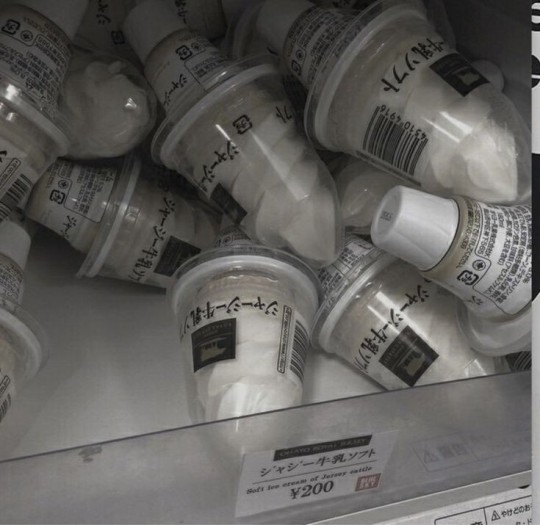
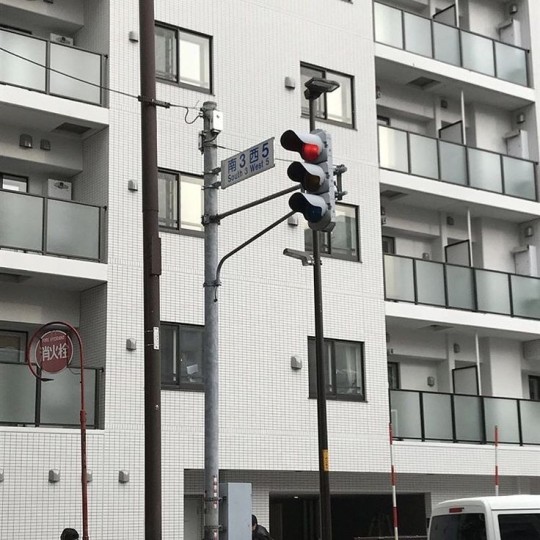

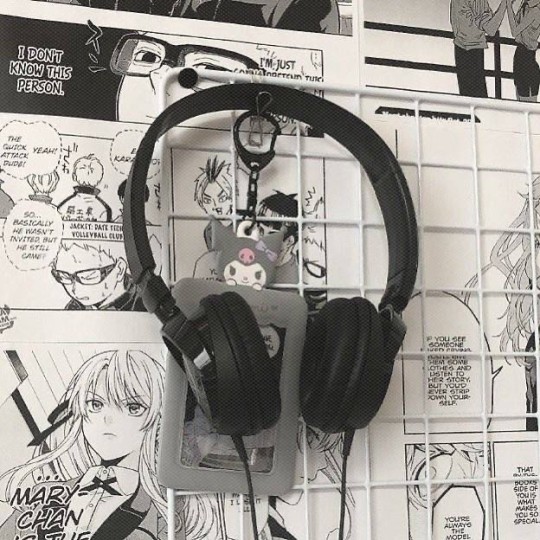
Japan Aesthetic
#japan beauty#japanese writing#japan travel#japan trip#japanese#japan#japanese aesthetic#japan aesthetic#manga#japancore#white and black#white and black aesthetic#black and white#black and white aesthetic
48 notes
·
View notes
Text
[Japanese->English] @290_happylife February 26th 2023 HelloTalk Post - Color Coded Translation
Link to original post

—
今日はいい天気だったので、
きょうはいいてんきだったので
The weather was good today so,
—
青空の下を散歩しました😊
あおぞらのしたをさんぽしました
I took a walk under the blue sky 😊
—
気持ち良かったー。
きもちよかったー
It felt very good.
—
修正してください
しゅうせいしてください
Please correct me
—
Please correct me if I made a mistake
#color coded translation#japanese langblr#study japanese#japanese vocabulary#easy japanese#beginner japanese#learning japanese#learn japanese#japanese#japanese language#japanese lesson#japanese to english translation for japanese learners#japanese to english#jpn to eng#japanese lingblr#japanese learning#japanese linguistics#language learning#japanese writing#japanese words#japanese vocab#japanese vocab list#basic japanese#hellotalk#hellotalk lesson
7 notes
·
View notes
Text
Brief Musings on Passion & the Passage of Time ⛩️
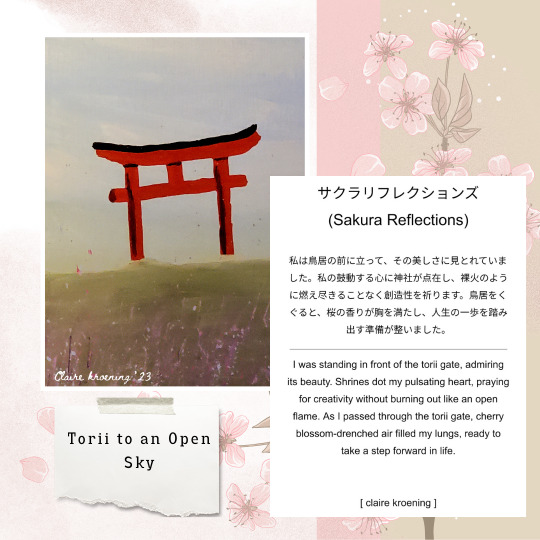
Original artwork "Torii to an Open Sky"/short prose "Sakura Reflections" Ⓒ Claire Kroening.
#japanese language#japanese writing#original poem#original art#artwork#art#acrylic#language study#torii gate#creative writing#writing#painting#prose#notes app#passion#japan#japanese#writers and poets#writing blog#autumn blog#made with canva#translated literature#erieautumn
4 notes
·
View notes
Text
Japanese Writing Systems
The Japanese language uses three writing systems: kanji, hiragana, and katakana.
Kanji are logograms – each character has a specific meaning. It is used to write “content” words such as nouns, verbs, adverbs and adjectives.
Hiragana and katakana are syllabaries – each character represents a single syllable sound rather than a meaning. Hiragana is used for showing verb inflections, for prepositions, and other “function” words. Katakana is used for imported words of non-Japanese origin.
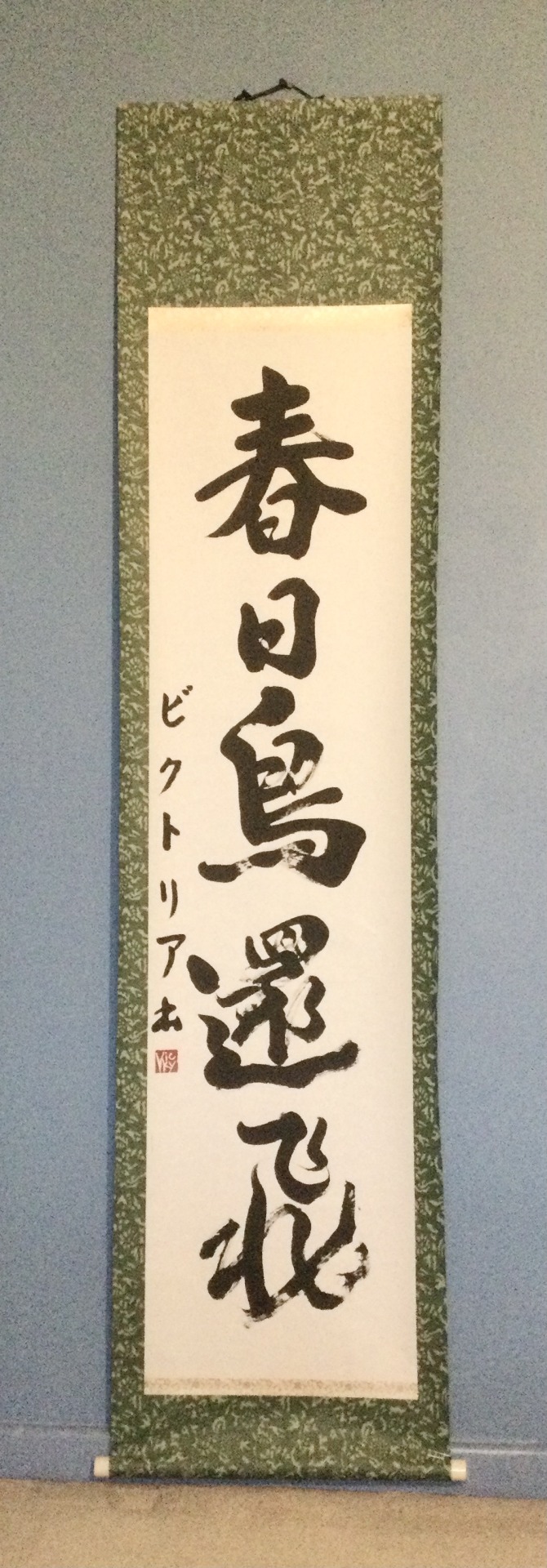
My work above contains 5 kanji characters:
春 (spring)
日 (sun)
鳥 (bird)
還 (return)
飛 (fly).
My name is not Japanese, so it is written in katakana : ビクトリア.
To learn more about the way Japanese writing systems are used, take a look at this article by StoryLearning:
https://storylearning.com/learn/japanese/japanese-tips/how-to-write-in-japanese
45 notes
·
View notes